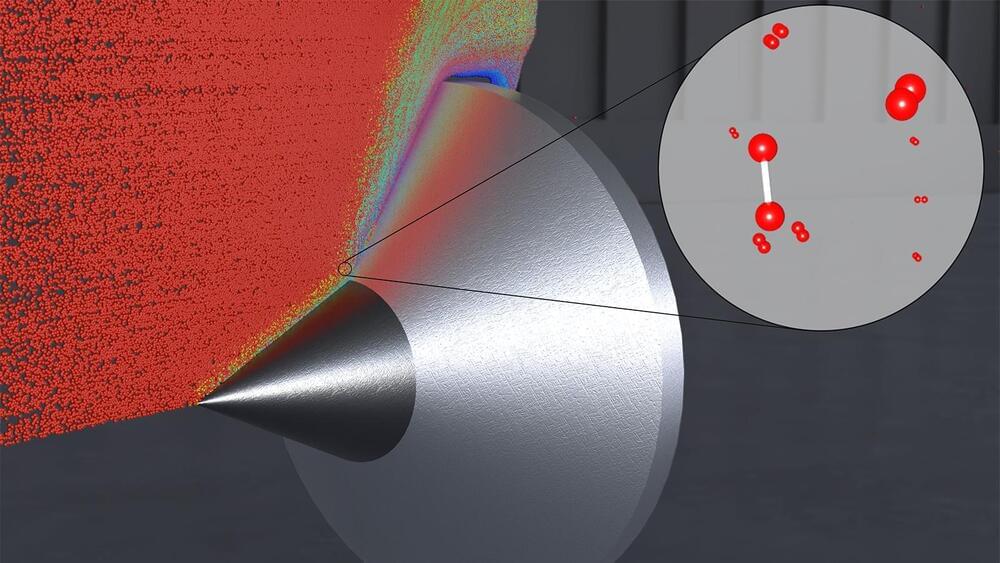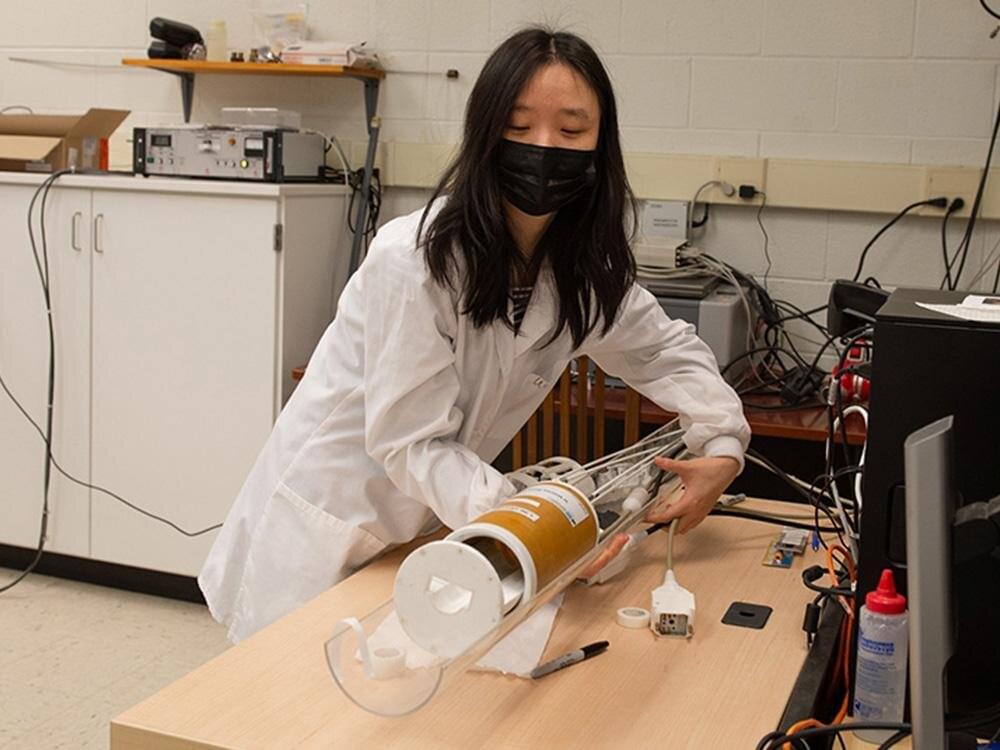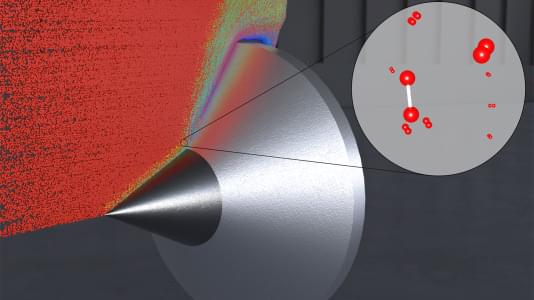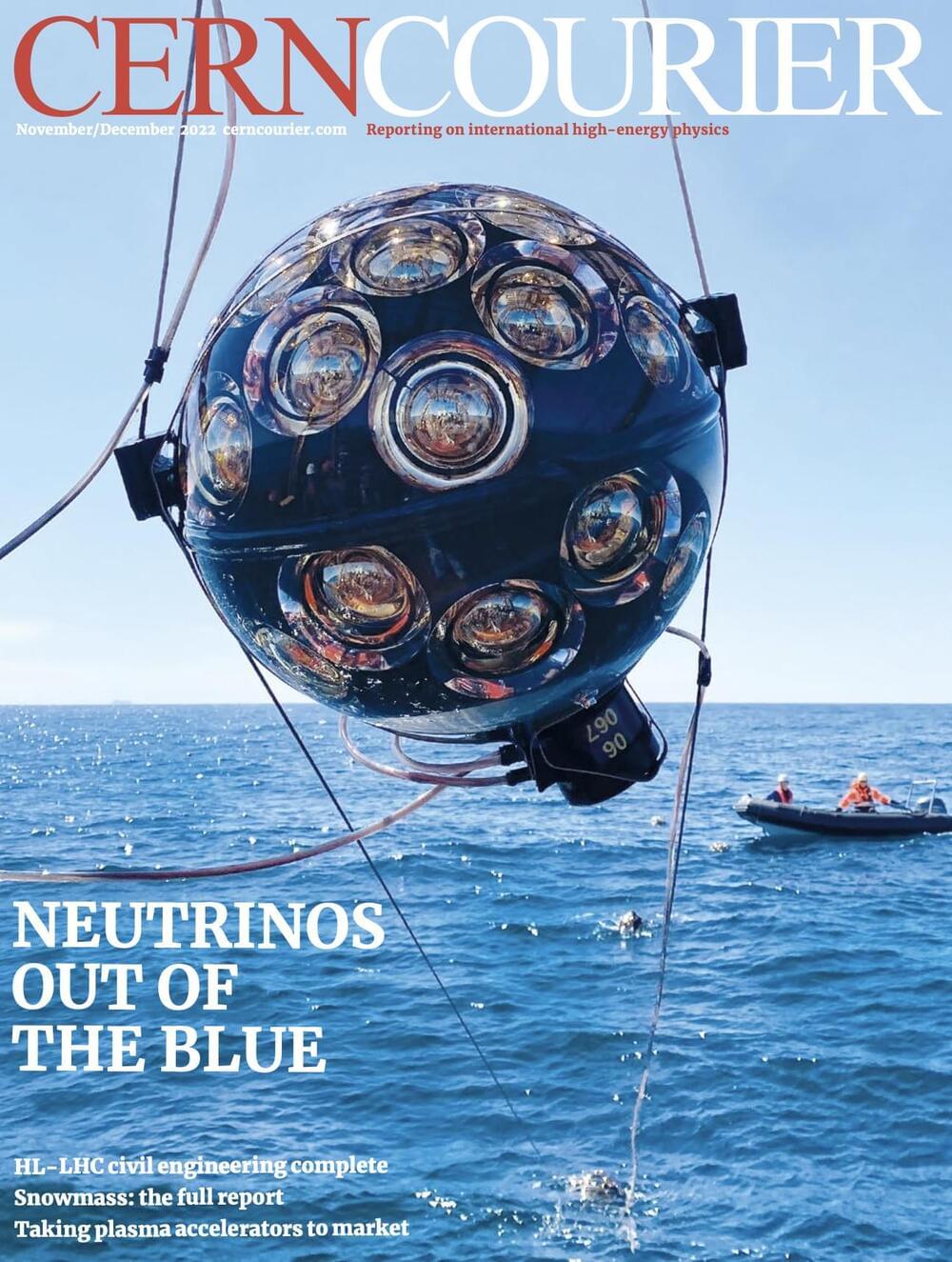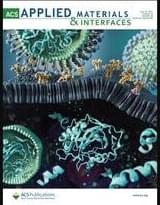Visit our sponsor, Brilliant: https://brilliant.org/IsaacArthur/
All of our civilization exists only a thin layer of Earth’s surface, and our deepest mines barely scratch our planet. We often talk about finding new mineral resources on other worlds or asteroids in the future, but are we ignore a treasure beneath our feet, and what other technologies and engineering might we utilize in Earth’s depths?
Visit our Website: http://www.isaacarthur.net.
Support us on Patreon: https://www.patreon.com/IsaacArthur.
SFIA Merchandise available: https://www.signil.com/sfia/




